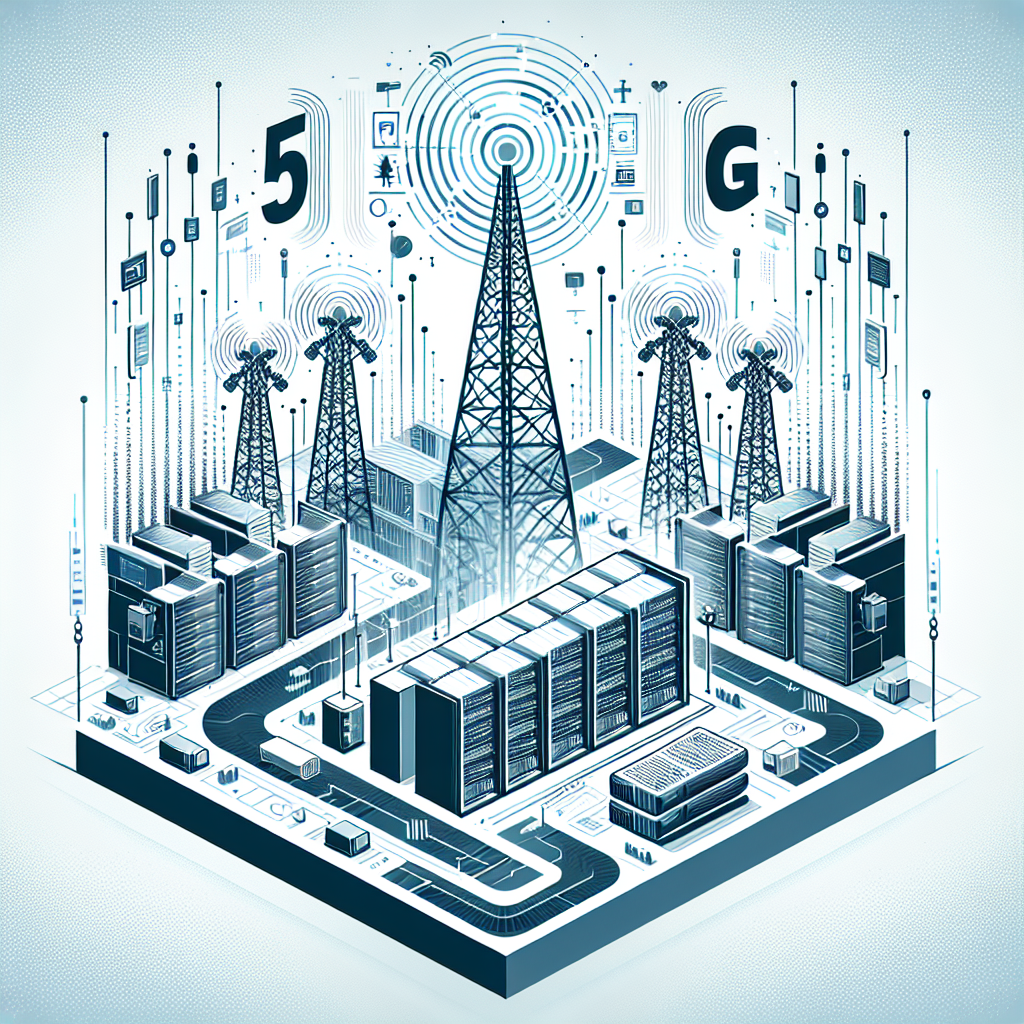The rollout of 5G technology is expected to revolutionize the way we connect and communicate with each other. This new generation of mobile networks promises lightning-fast speeds, ultra-low latency, and massive connectivity, which will enable a wide range of new applications and services. However, the deployment of 5G will also have a significant impact on data center network infrastructure.
One of the key challenges that data centers will face with the advent of 5G is the massive increase in data traffic. 5G networks will support a significantly larger number of connected devices and sensors, as well as increasingly data-hungry applications such as augmented reality, virtual reality, and 4K video streaming. This surge in data traffic will put a strain on data center networks, requiring them to handle much higher bandwidth requirements and increased data processing capabilities.
To meet these demands, data center operators will need to upgrade their network infrastructure to support the increased capacity and performance requirements of 5G. This may involve investing in higher-speed networking equipment, such as 400G Ethernet switches and routers, to handle the increased data traffic. Data centers may also need to deploy edge computing resources closer to the network edge to reduce latency and improve the performance of 5G applications.
Another challenge posed by 5G technology is the need for greater network flexibility and agility. 5G networks are expected to support a wide range of use cases, from ultra-reliable low-latency communications for autonomous vehicles to massive machine-type communications for the Internet of Things. Data centers will need to be able to dynamically allocate resources and scale their networks to meet the diverse requirements of these different applications.
In addition, 5G technology will also drive the adoption of new networking technologies such as network slicing and software-defined networking (SDN). Network slicing allows operators to create virtualized, independent network segments tailored to specific use cases, while SDN enables centralized network control and programmability. Data centers will need to incorporate these technologies into their network infrastructure to support the diverse requirements of 5G applications.
Overall, the impact of 5G technology on data center network infrastructure will be profound. Data center operators will need to invest in upgrading their network infrastructure to support the increased bandwidth, performance, and flexibility requirements of 5G networks. By embracing new networking technologies and architectures, data centers can ensure that they are well-equipped to handle the demands of the 5G era and support the next wave of innovation in mobile communications.


Leave a Reply